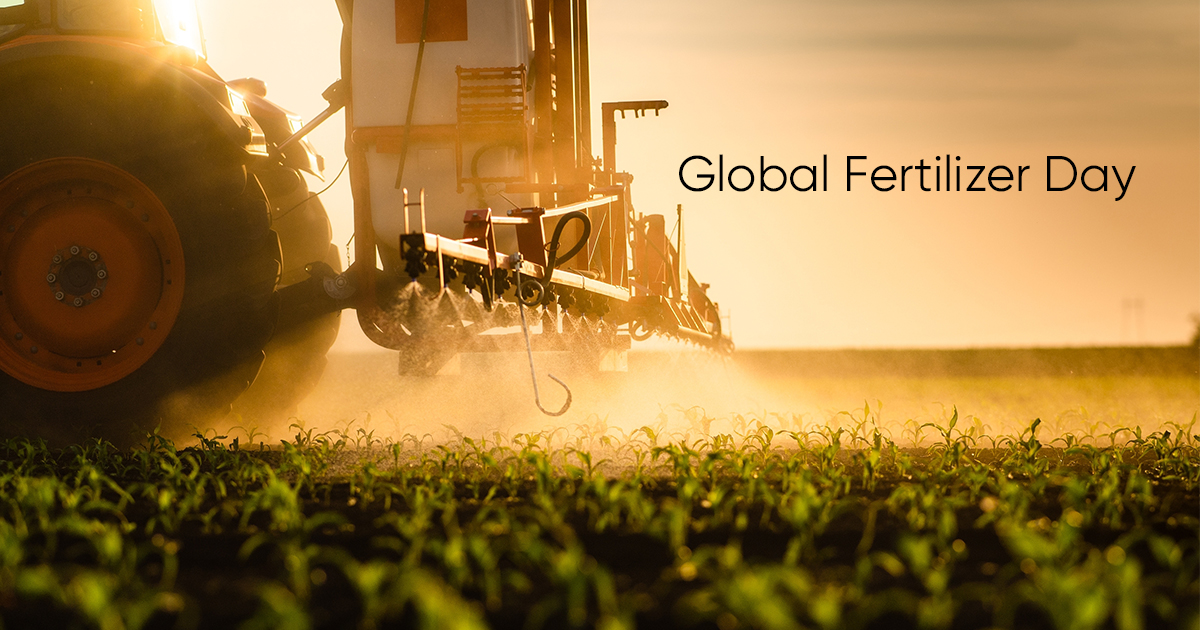Every year, October 13 is marked as Global Fertilizer Day to highlight the significance and acknowledge the contribution of the fertilizer industry in feeding the world’s growing populations.
This annual international awareness campaign is supported by fertilizer associations and companies across the world with the shared purpose of highlighting the social, economic, and environmental impact of fertilizers. Creating awareness will promote better farming practices and promote the proper use of fertilizers in the farming community.
Let’s celebrate this day by learning the following fertilizer facts:
- Fertilizers applied in the right amount at the right time can double the amount of corn produced using the same amount of water.
- Fertilizer, whether commercial or organic, helps generate organic matter in soils.
- Fertilizers help restore soil health by putting essential nutrients back into the ground after harvest.
- Fertilizer use has conserved over 2 billion acres of land from cultivation over the past 50 years.
- Good farming practices, including smart use of fertilizers, help to produce more protein-rich food.
- Well-fertilized crops produce more yield per acre. This saves fragile lands for wildlife habitat and recreational areas.
- Fertilizers improve plant health and make crops more resilient to climate change.
- Fertilizer produces plants that are strong and able to protect soils against erosion and runoff.
- More than 2 billion people suffer from micronutrient malnutrition. Micronutrient fertilizers help combat this threat to world health.
- Fertilizer is responsible for 50 percent of the world’s food production—without fertilizer we’d have only half the amount of food we do now!
Bonus Fact: U.S. fertilizer companies employ close to 90,000 people, and the fertilizer industry contributes $155 billion to the U.S. economy.
Facts provided by The Fertilizer Institute.
Related Posts

The Water Break Podcast Hits 5,000 Downloads
Our Water Break podcast has made a splash by reaching the milestone of 5,000 downloads this week. The steady growth of this project feels like a pat on the back and helps us stay motivated to come up with new content for our listeners each month. According to the statistics report from Blubrry, our podcast

From Afterthought to Essential: Fred Nichols on the Micronutrients Market
In a recent interaction with CropLife, Fred Nichols, Chief Marketing and Sales Officer at Huma, shared his views on the micronutrients market. His key thoughts were featured in a special report that highlights how these essential nutrients are rapidly gaining recognition in the agriculture industry. Micronutrients play a key role in promoting the strong, steady

Toilet–to–Tap—Taking the Ick Out of Wastewater Recycling
By Jael Batty The UN warns that by 2030, over half the world will be water-stressed, affecting food production and increasing exposure to waterborne disease. There is enormous potential in directly recycled wastewater. Unfortunately, attempts at wastewater recycling have historically been shot down by the public.1 Thus, most treated wastewater is dumped into oceans and


